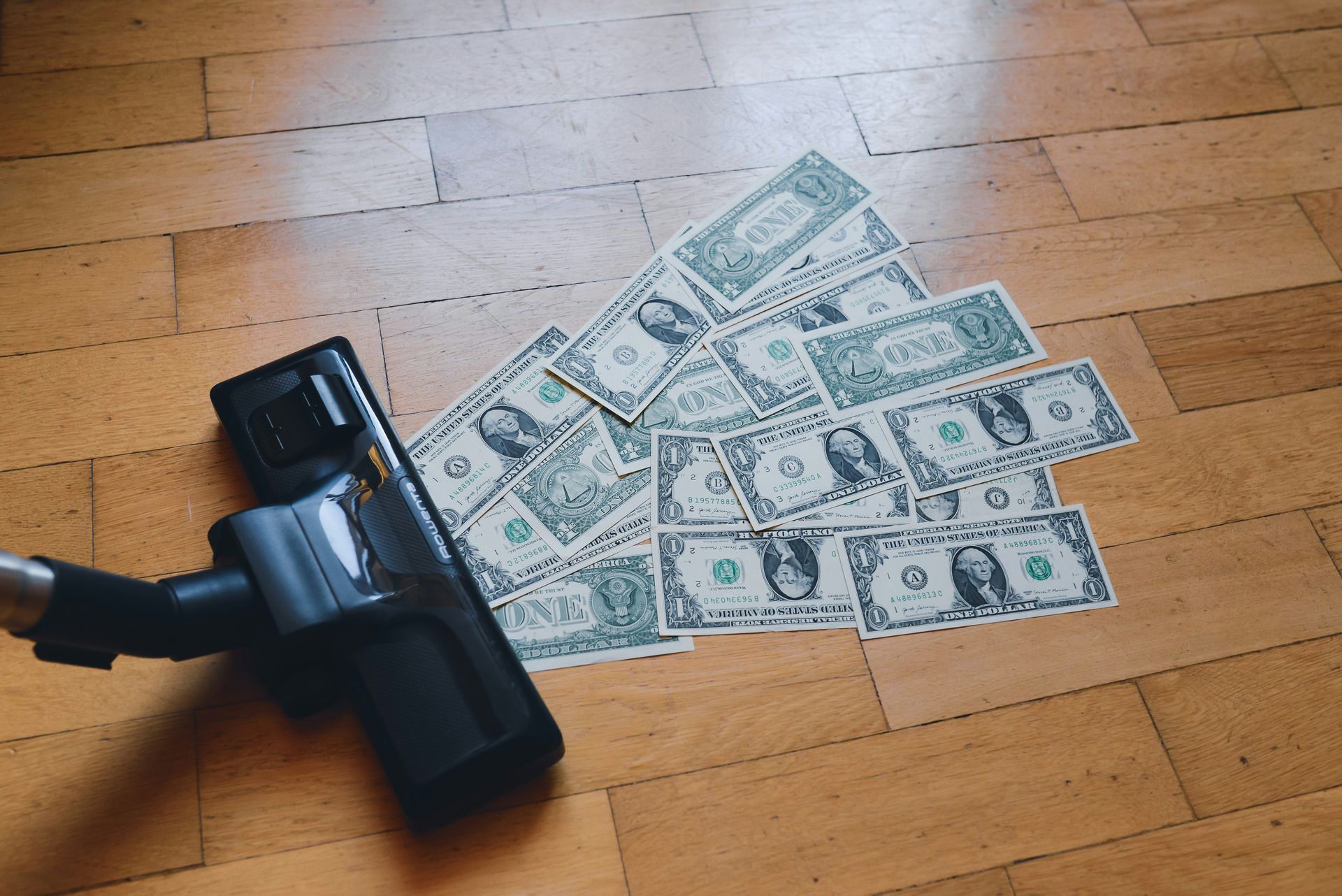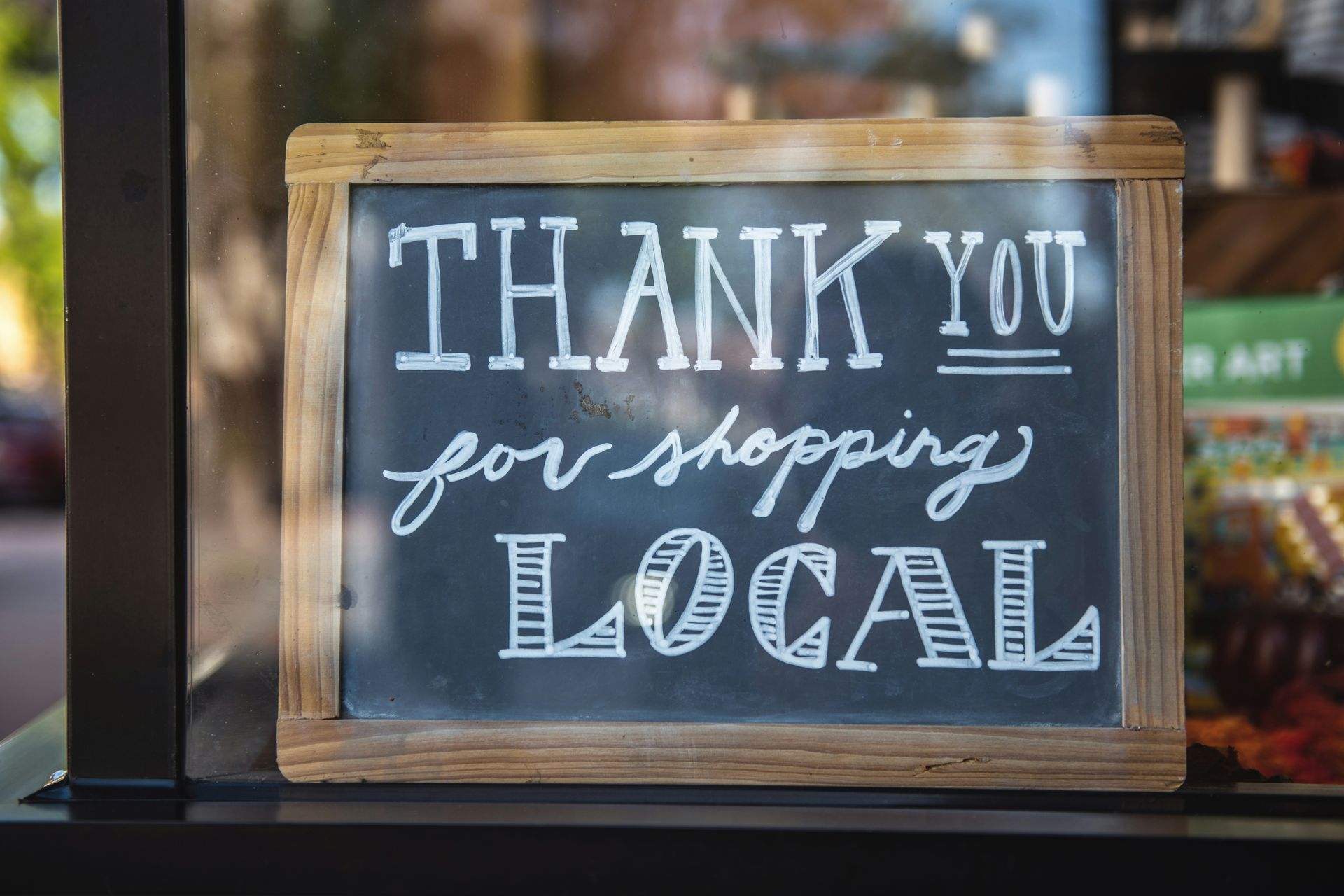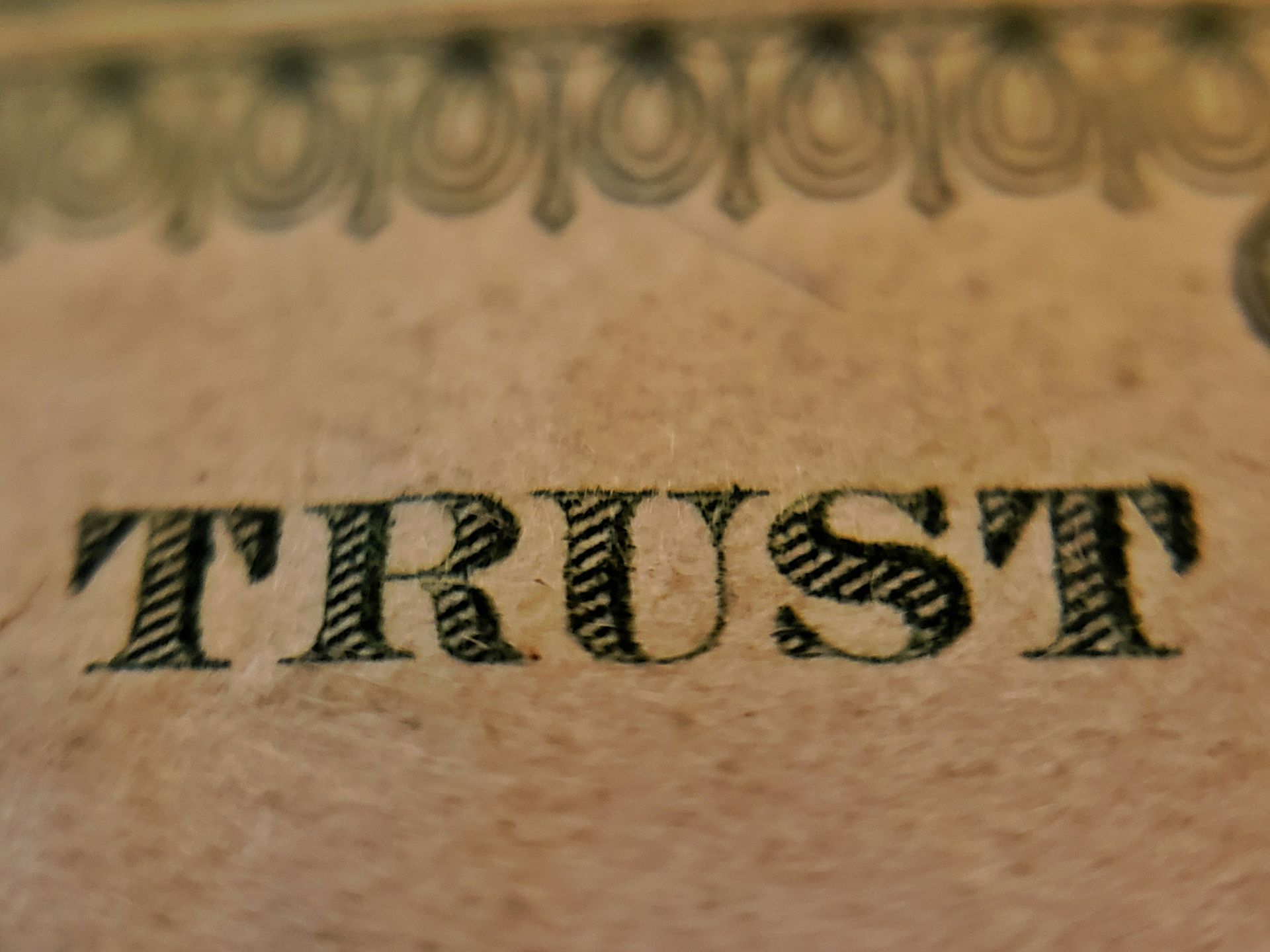Are You Throwing Food and Cash Away?
The restaurant industry can be one of the more challenging industries to manage your costs. With majority of your product having a very short shelf life makes it a necessity to get a grasp on your food waste. Even the strongest restaurants can fall victim to mismanagement of food which leads to loss of revenue and can result in the doors closing for good.
<h4> Properly trained employees </h4>
A big part of managing your food inventory is having a properly trained employee who is responsible for ordering food, keeping inventory and minimizing food loss. Often this person does not have enough experience, is not properly trained, or is even neglectful. This can lead to large waste costs for restaurants and is a relatively easy fix.
<h4> Shortage in inventory </h4>
It happens all too often. A customer orders their favorite dish just to find out that the restaurant is out of it. There are many things that can lead to running out of inventory and it is a fine line to walk of keeping enough inventory while not carrying so much that you end up with spoilage. It is important to be aware of what is in inventory and the trends of how fast the particular food sells. While doing this will not guarantee that you will never run out of something, it is imperative to know what is in your coolers to help better manage orders and supply. After all, a restaurant cannot make money if they don’t have product to sell.
<h4> Kneejerk reaction </h4>
Constant change is part of staying in business. Restaurants have to be willing to adapt to market and industry changes. As seasonal menus change brings about change in demand. Ordering an overabundance of product without first seeing the menu trends can cause large excess of overstock with no way to get rid of it.
<h4> Organization is key </h4>
While it is important to know what is in stock, it is equally important to know where everything is. There is nothing worse than ordering goods just to find out when the shipment arrives that you already had what you needed. Being organized and keeping everything in its place will eliminate double ordering helping to manage the goods that you do keep in stock!
<h4> Raising cost of food </h4>
While many restaurants try to keep their prices competitive, they often overlook the cost of what they are purchasing. Failing to raise your prices as the cost of the goods you’re purchasing increases will reduce the amount of revenue that you gain and can even lead to selling food for the same prices or less that you are purchasing it as a raw good.
Inventory management is key to a solid bottom line.










